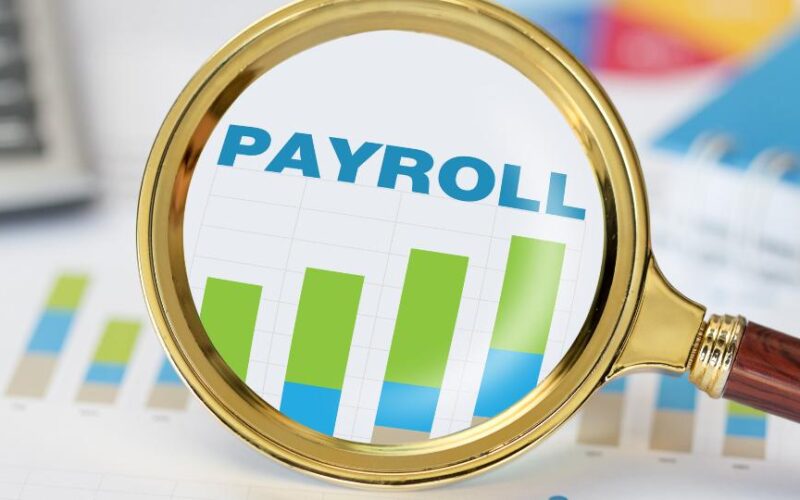Payroll systems have made remarkable progress from their inception to the digital era. In this article, we explore the evolution and revolutionary impact of technology on payroll management, helping readers better understand this critical business operation’s future.
Over the years, payroll systems have evolved tremendously. Payroll management has evolved into a sophisticated digital system that automates what used to be a manual process. To understand how emerging trends will shape the future of payroll systems, we’ll look at their past, current state in the digital era, and potential.
Taking a look back
Starting at the beginning, let’s look back at payroll management in its infancy. Before automation, payroll was a laborious, time-consuming task. By hand, employers recorded attendance, computed wages, deducted taxes, and distributed paychecks. Due to the time-consuming nature of this process, errors, delays, and inefficiencies were common. Payroll systems became increasingly important as businesses grew and sought to streamline their operations.
In the evolution of payroll systems, computers marked a significant turning point. With the advancement of technology, businesses began to use computers for payroll calculations, reducing the need for manual labour. Data entry and pay slip generation were streamlined with payroll software. By automating calculations, tracking employee data, and generating reports, these systems save businesses time and money.
Today’s world
There was, however, more evolution to come. A new transformation occurred in payroll systems with the advent of the Internet and cloud computing. Online payroll software has replaced on-premises systems, thereby transforming the payroll process. Aside from increasing accessibility, real-time updates, and enhanced security, this shift has brought many benefits. With the advent of the internet, businesses can now access payroll systems anywhere, anytime.
Developing integrated HR software suites has enabled payroll systems to integrate seamlessly with other HR functions. The suites consolidate payroll, time and attendance, benefits administration, and other HR processes onto a single platform, eliminating the need for multiple standalone programs. As a result of this integration, businesses gain greater efficiency, minimize errors, and centralize important HR data, making it easier for them to manage their entire workforce.
The Future
Payroll systems are set for an exciting future as technology advances rapidly. Integrating artificial intelligence (AI) into payroll management is a key trend shaping the future of payroll management. Using AI, payroll systems can automate difficult or time-consuming tasks, such as calculating salaries, deducting taxes, and complying with labour laws. Businesses can make informed decisions regarding workforce management using these systems, which analyze large datasets and identify patterns and trends.
Payroll management applications on mobile devices are another emerging trend. Due to the popularity of smartphones among employees, businesses are developing mobile apps that give them access to their payroll information, pay slips, and even leave requests on the go. In this way, employee engagement is improved, payroll information is managed by employees themselves, and HR departments are relieved of administrative burdens.
Blockchain technology will also disrupt the payroll landscape. Due to its decentralized nature, blockchain transactions can be more secure, accurate, and transparent, reducing fraud and errors. Payroll systems built on blockchains allow sensitive employee data to be securely stored and transmitted, ensuring employee privacy and integrity.
Summary
The evolution of payroll systems from their manual origins to our digital age has been impressive. With technology, businesses can manage payroll more efficiently, accurately, and seamlessly than ever. We can expect AI, mobile applications, and blockchain technology to play an increasingly important role in payroll systems in the future.
By embracing these advancements, businesses can improve employee satisfaction, comply with evolving labor laws, and streamline payroll processes. As payroll systems evolve, we continue to develop new methods of managing and compensating our workforce, enhancing efficiency and productivity.
The post A Comparison of Past, Present, and Future Payroll Systems appeared first on Datafloq.
Source link
lol

